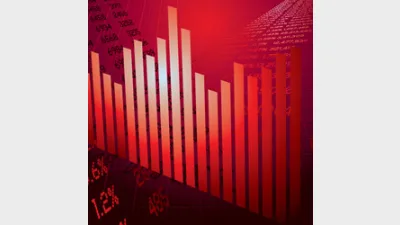UBS, FNZ commit to long-term alliance



UBS and FNZ have announced a strategic alliance designed to expand their 'direct-to-member investment solution' and appeal to super funds intent on stemming the flow of funds under management (FUM) to self-managed super funds (SMSF).
AustralianSuper signed on in November last year and, according to UBS Platform Solutions Group head Scott Webster, the success of the project has led to the announcement of an alliance between FNZ and UBS to further develop the program.
UBS has invested in the development of the FNZ platform for approximately two years, creating a SMSF-like product that gives members direct control over individual investments and real-time trading of any of the top 300 stocks on the ASX.
FNZ is the platform and the registry behind the platform while UBS is effectively the executing broker.
"One of the key motivations for a superannuation fund to wish to deploy to their members the type of direct-to-member investment solution that UBS and FNZ is able to offer, is to stem the number of members that are leaving the large superannuation funds to set up their own self-managed super funds," said Webster.
He said the platform allows SMSF-like functionality at a fraction of the cost for members, reducing what could be approximately $3000 in fees and compliance costs to around $200 per member.
Webster said he estimates Australian equities, term deposits and cash make up 65 per cent of SMSF assets, which are covered under the arrangement with AustralianSuper.
He said there was a range of opportunities for future client-driven development, including expanding product choice and functionality to include transition to pension, financial adviser access, exchange-traded funds and unlisted assets.
"We're going to continue to invest and co-invest with FNZ to improve the functionality and the flexibility of what we're able to offer to superannuation funds," said Webster.
Recommended for you
Ethical super fund Australian Ethical has announced the appointment of Anthony Lane as chief operating officer.
The structural shift towards active ETFs will reshape the asset management industry, according to McKinsey, and financial advisers will be a key group for managers to focus their distribution.
ASIC has warned that practices across the $200 billion private credit market are inconsistent and, in some cases, require serious improvement.
A surge in electricity prices has driven the monthly Consumer Price Index to its highest level in a year, exceeding forecasts.










